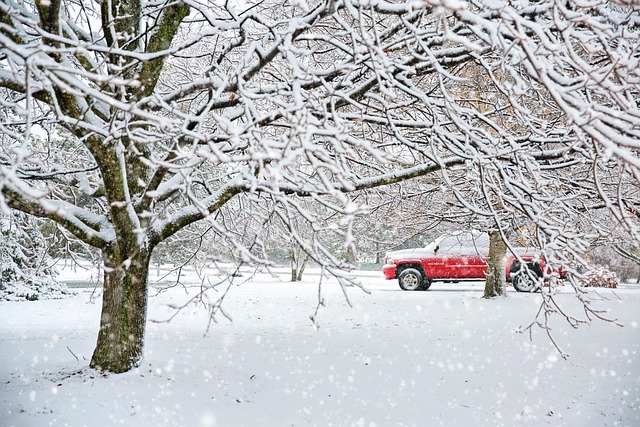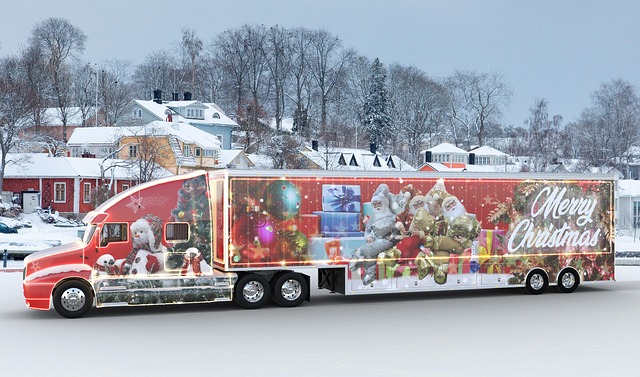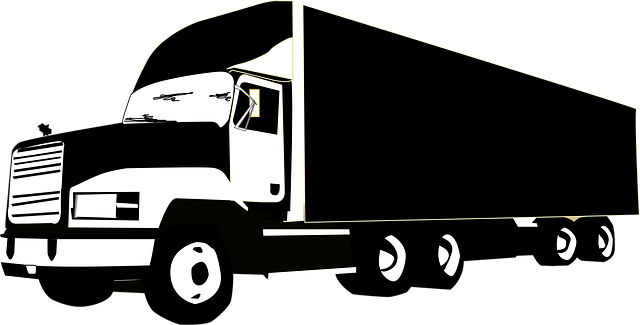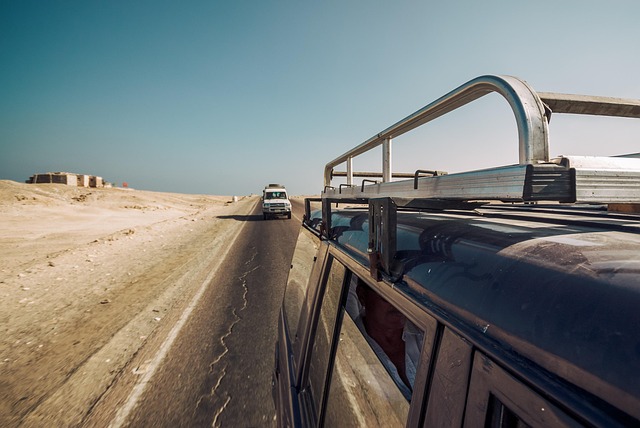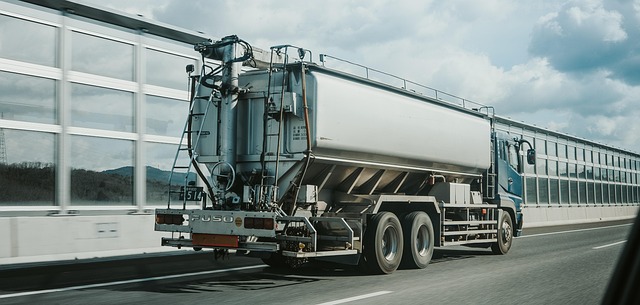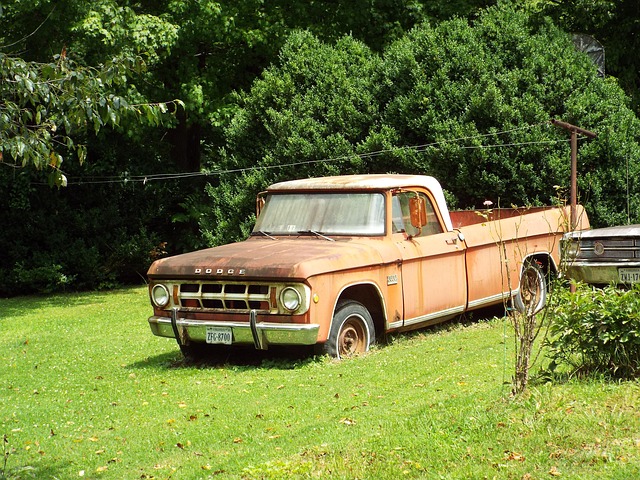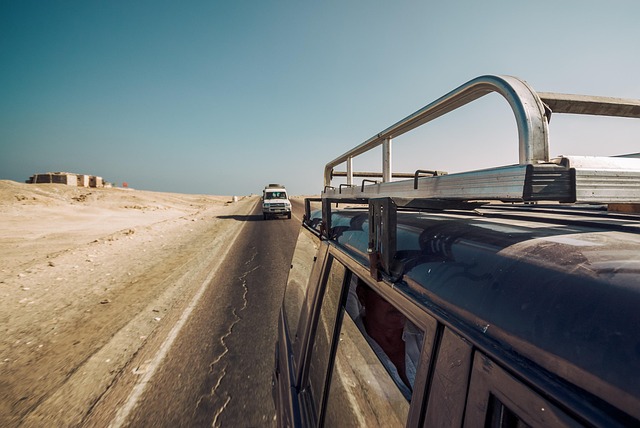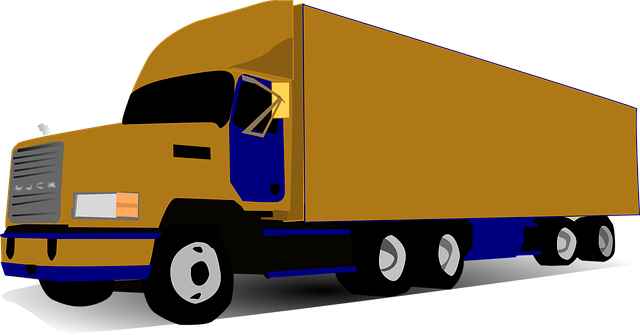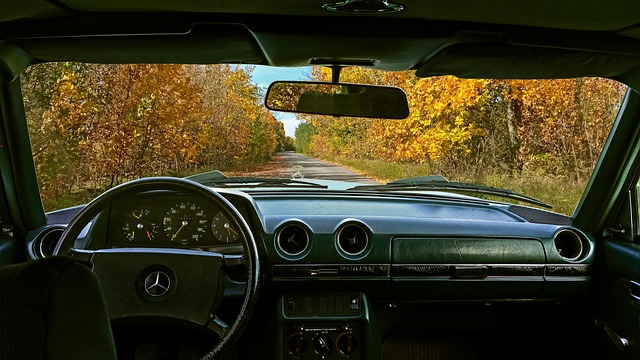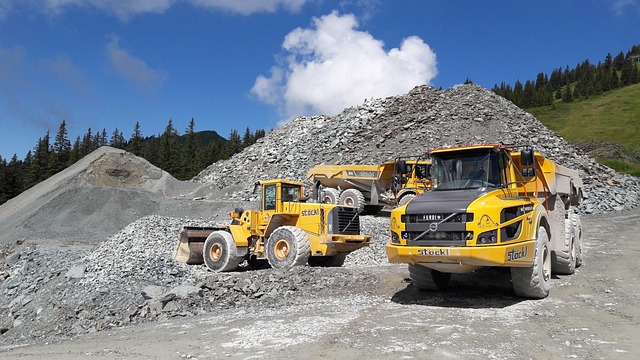Looking to register your car in California? This comprehensive guide walks you through the entire process, ensuring a smooth experience. From understanding eligibility requirements for car registration to gathering essential documents, performing a DMV VIN verification, choosing between online or in-person registration, and paying fees—we’ve got you covered. Follow these steps to ensure your vehicle is legally registered in the Golden State.
- Understand Eligibility Requirements for Car Registration
- Gather Necessary Documents for Vehicle Registration
- Perform DMV VIN Verification Process
- Choose a Registration Method: Online or In-Person
- Pay Registration Fees and Obtain Registration Papers
Understand Eligibility Requirements for Car Registration

Before you begin the registration process, it’s crucial to understand the eligibility requirements set by the California Department of Motor Vehicles (DMV). To register your car in California, your vehicle must meet specific criteria. One key step is ensuring that your car has undergone a valid vin inspection. This involves verifying the Vehicle Identification Number (VIN) through a DMV vin verification process to confirm its authenticity and ensure it’s not reported as stolen.
Additionally, you’ll need to have the necessary documents, including proof of ownership, current registration, insurance, and identification. A mobile vin verifier can be a convenient option for this initial check, allowing you to complete the vin inspection process quickly and easily from the comfort of your own home or before visiting the DMV.
Gather Necessary Documents for Vehicle Registration

Before you can register your car in California, you’ll need to gather several essential documents. The first step is to obtain a Vehicle Identification Number (VIN) verification from the DMV. This process, often facilitated through a mobile vin inspection or mobile vin verifier, ensures that your vehicle’s VIN is accurate and matches the data on file with the state. Once you have this confirmation, gather all required forms, including the Notice of Transfer and Sale (NTS), if applicable.
Additionally, you’ll need proof of insurance, a valid driver’s license, and registration from the previous state (if transferring). For new vehicles, you might require a Certificate of Origin or Purchase Agreement. Make sure your vehicle passes the state emissions test, if required. All these documents play a crucial role in the registration process at the California Department of Motor Vehicles (DMV).
Perform DMV VIN Verification Process
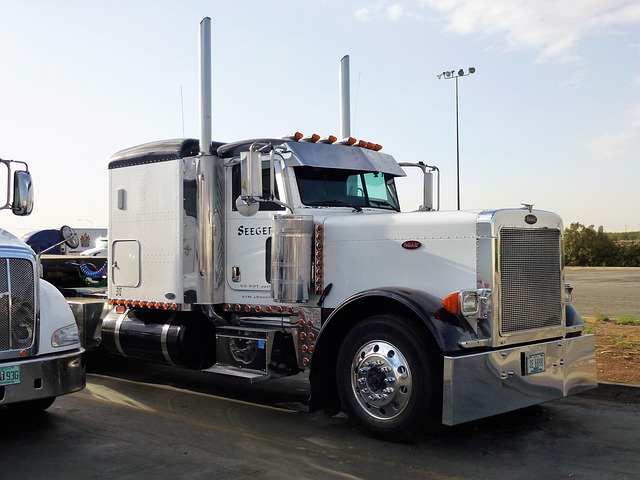
Before proceeding with the car registration process in California, it’s crucial to perform a DMV VIN verification. This step ensures that your vehicle meets all safety and legal standards required by the state. The process is straightforward and can often be completed through a mobile vin inspection or vin inspection service, making it convenient for busy individuals.
During the dmv vin verification, the California Department of Motor Vehicles (DMV) cross-references the Vehicle Identification Number (VIN) against their records to confirm the vehicle’s history and specifications. This includes checking for any outstanding recalls, previous accidents, or other issues that could impact registration. By completing this step, you’ll have peace of mind knowing your car is safe and compliant with California’s regulations.
Choose a Registration Method: Online or In-Person
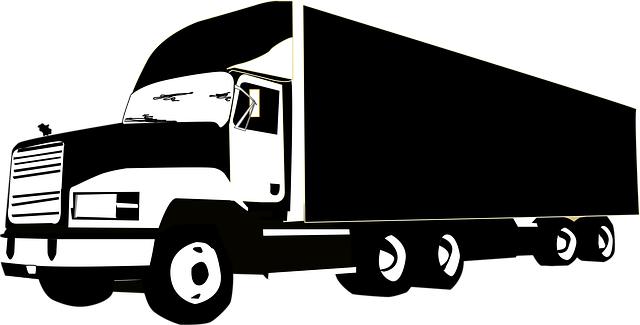
When registering your car in California, you have two main options for how to proceed with the process: online or in-person at a DMV office. Both methods have their advantages and cater to different preferences. For those who prefer convenience and time-saving measures, registering online is an excellent choice. It allows you to complete the entire process from the comfort of your home or even on the go using your mobile device, including the essential DVMA VIN verification step. This digital approach streamlines everything, from submitting required documents to paying fees.
On the other hand, visiting a DMV office in person offers a more direct and hands-on experience. If you prefer face-to-face interaction or need assistance with paperwork, this option is ideal. A mobile vin inspection service can even come to you for added convenience, allowing you to have your vehicle’s VIN inspected right at your location. This flexibility ensures that the registration process aligns with your schedule and comfort level.
Pay Registration Fees and Obtain Registration Papers

After confirming your vehicle’s eligibility for registration, the next step is to pay the required fees. The California Department of Motor Vehicles (DMV) sets these fees based on various factors, including your vehicle type and age. You can conveniently pay these fees online, by phone, or at a local DMV office. Upon successful payment, you’ll receive a temporary registration permit, allowing you to legally operate your vehicle on California roads while waiting for the official registration papers.
Once you’ve completed the dvm vin verification process and paid the fees, the DMV will issue your registration papers. These documents are crucial for maintaining legal ownership of your vehicle. The registration certificate serves as proof of ownership, while the license plate is a visible indicator of your vehicle’s registered status. You can choose to receive these documents by mail or opt for a mobile vin verification and inspection service that provides instant digital copies, ensuring a faster and more accessible process.
Registering a car in California is a straightforward process, but understanding the requirements and gathering the necessary documents are crucial steps. By performing a DMV VIN verification and choosing between online or in-person registration, you can ensure a smooth experience. With all the necessary paperwork in order and the appropriate fees paid, you’ll soon have your vehicle’s registration completed, allowing you to hit the road legally and confidently.


